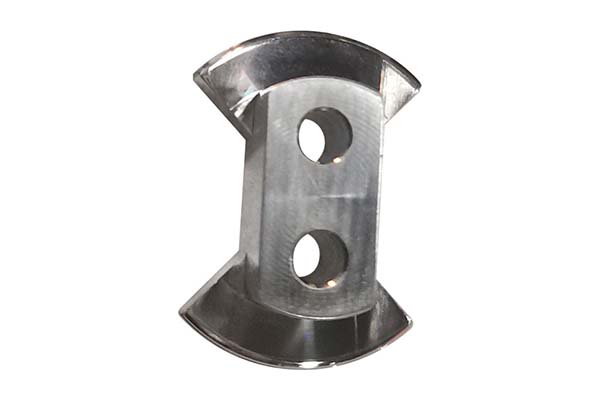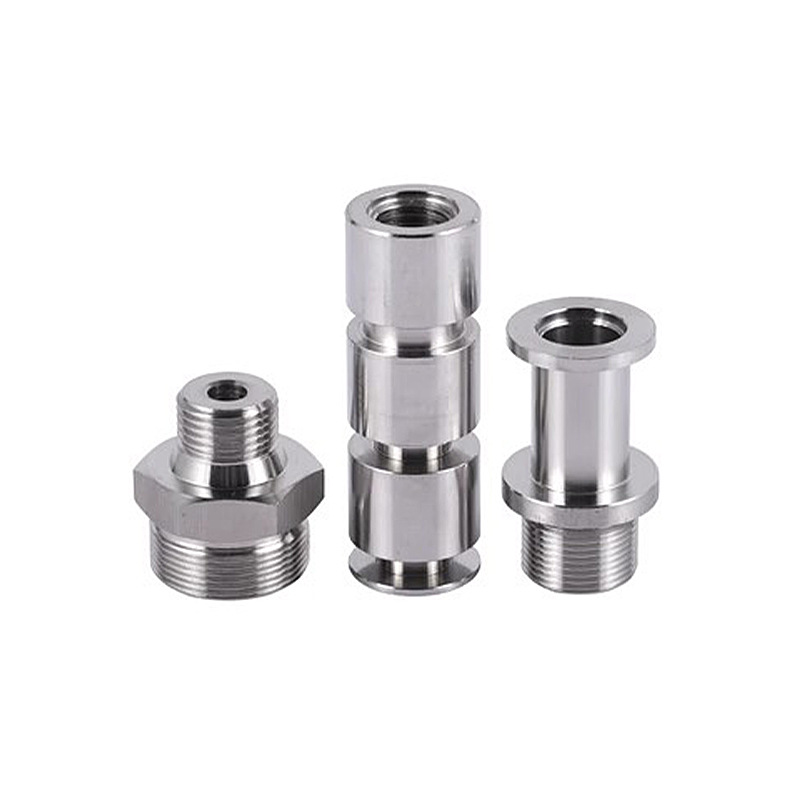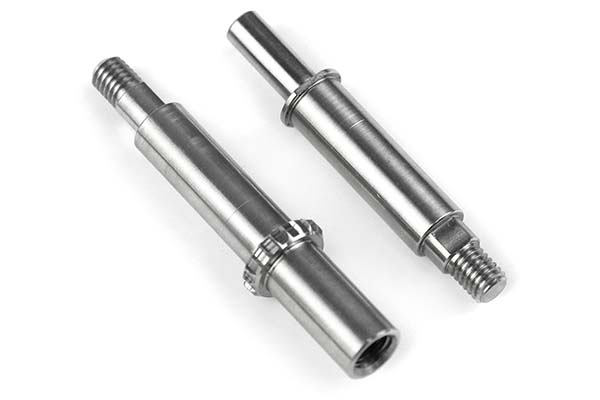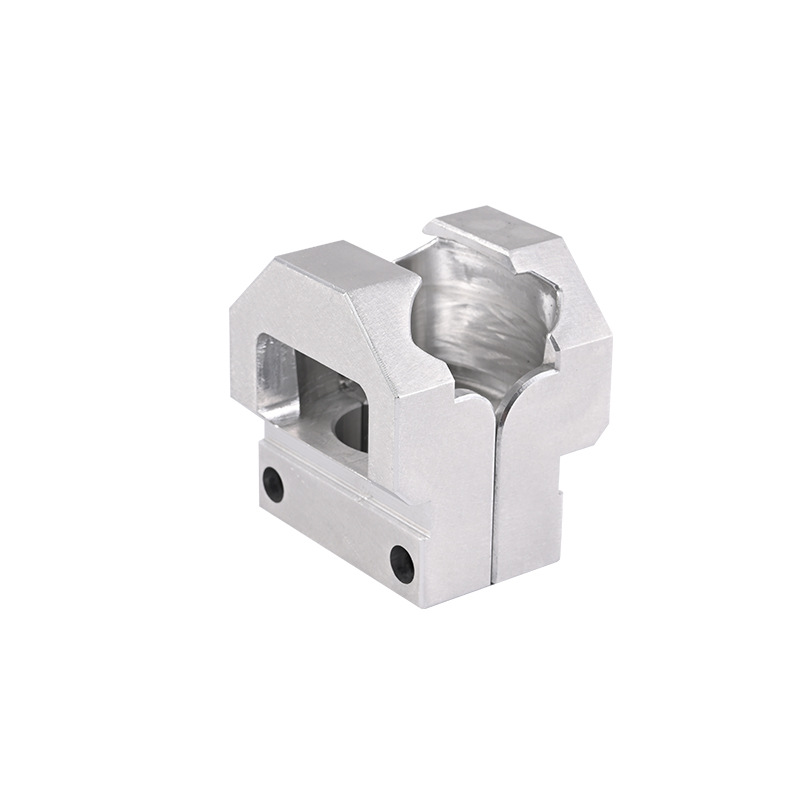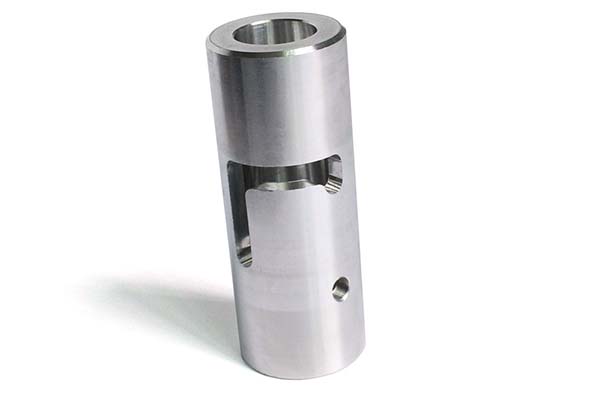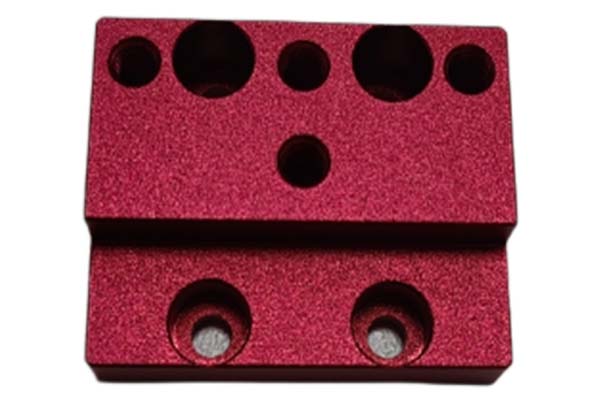In the world of manufacturing, precision and efficiency are the keys to success. When it comes to working with aluminum alloys, AL5052 H32 has emerged as a popular choice due to its unique combination of properties. In this article, we will delve into the various aspects of CNC machining AL5052 H32, including its material specification, machining process, quality control, applications, technical parameters, tooling and equipment, surface finish, and industry standards. Whether you are a seasoned engineer or a novice in the field, this guide will provide you with valuable insights to help you make informed decisions.
Material Specification
AL5052 is an aluminum alloy that belongs to the 5xxx series, which is known for its high magnesium content. The H32 temper indicates that the material has been strain hardened and then stabilized. This results in a material with good mechanical strength and corrosion resistance. The alloy typically contains around 2.2 - 2.8% magnesium, which contributes to its excellent corrosion resistance, especially in marine and coastal environments. Additionally, it has a low copper content, which further enhances its corrosion resistance. The material properties of AL5052 H32 make it suitable for a wide range of applications where both strength and corrosion resistance are required.
Machining Process
CNC machining is a highly precise method of manufacturing that allows for the creation of complex parts with tight tolerances. When machining AL5052 H32, several factors need to be considered. The choice of cutting tools is crucial, as the material can be somewhat abrasive. Carbide tools are often preferred due to their hardness and wear resistance. The machining speed and feed rate should be carefully optimized to ensure efficient material removal without causing excessive tool wear or surface damage. A typical machining speed for AL5052 H32 might range from 200 - 500 surface feet per minute, depending on the type of operation and the tool being used. The tool path and machining sequence also play a vital role in achieving the desired results. Proper planning can help to minimize machining time and ensure consistent quality.
Quality Control
Maintaining high quality is essential in any manufacturing process. When it comes to CNC machining AL5052 H32, dimensional accuracy and surface roughness are two key factors to consider. The tolerance levels for AL5052 H32 parts can vary depending on the application, but typically range from ±0.001 - ±0.01 inches. Inspection methods such as coordinate measuring machines (CMMs) and optical comparators are commonly used to ensure that the parts meet the required specifications. Quality standards such as ISO 9001 and AS9100 can also help to ensure that the manufacturing process is consistent and reliable. In some cases, non - destructive testing methods such as ultrasonic testing or eddy current testing may be used to detect internal defects.
Applications
The unique properties of AL5052 H32 make it suitable for a wide range of applications. In the automotive industry, it is commonly used for parts such as fuel tanks, radiators, and body panels due to its corrosion resistance and lightweight nature. In the marine industry, it is used for boat hulls, decking, and fittings, as it can withstand the harsh saltwater environment. In aerospace components, AL5052 H32 is used for non - structural parts where corrosion resistance and weight savings are important. It is also used in electronics casings to provide protection against electromagnetic interference and corrosion. Additionally, it finds applications in industrial equipment and consumer products such as furniture and appliances.
Technical Parameters
Understanding the technical parameters of AL5052 H32 is crucial for proper machining and application. The hardness of AL5052 H32 typically ranges from 60 - 75 HRB (Rockwell B scale). The yield strength is around 170 - 210 MPa, and the tensile strength is in the range of 215 - 260 MPa. The elongation at break is approximately 12 - 25%, which indicates the material's ability to deform without breaking. The density of AL5052 H32 is about 2.68 g/cm³, making it lighter than many other metals. Its thermal conductivity is relatively high, around 130 - 155 W/(m·K), which can be advantageous in applications where heat dissipation is important.
Tooling and Equipment
To effectively machine AL5052 H32, the right tooling and equipment are essential. CNC milling machines and lathes are commonly used for shaping the material. High - quality end mills and carbide tools are recommended to withstand the material's abrasiveness. A proper coolant system is also crucial to reduce heat and improve tool life. The coolant should be specifically formulated for aluminum machining to prevent the formation of built - up edge. Tool holders should be rigid and accurate to ensure precise tool positioning. Additionally, modern CNC machines are equipped with advanced control systems that allow for precise control of the machining process.
Surface Finish
The surface finish of AL5052 H32 parts can greatly affect their appearance and performance. There are several options for achieving the desired surface finish. Polishing can be used to create a smooth, shiny surface. Anodizing not only improves the surface finish but also enhances the material's corrosion resistance. Painting and coating can be applied for additional protection and aesthetic purposes. The surface roughness can be measured using techniques such as profilometry to ensure that it meets the required standards. Different applications may require different surface finishes, so it is important to choose the right method based on the specific requirements.
Industry Standards
Adhering to industry standards is essential in the manufacturing of AL5052 H32 parts. Standards such as ASTM standards and ISO specifications provide guidelines for material properties, testing methods, and quality control. Material certifications are often required to ensure that the material meets the specified standards. Quality assurance systems help to ensure that the manufacturing process is consistent and that the parts meet the required quality levels. Compliance with regulatory requirements is also important to ensure the safety and reliability of the final products.
Yigu Technology, as a leading parts custom manufacturing supplier, understands the importance of precision and quality when it comes to CNC machining AL5052 H32. With our state - of - the - art equipment and experienced engineers, we are able to provide high - quality custom parts that meet the strictest industry standards. We pay close attention to every detail, from material selection to the final surface finish, to ensure that our customers receive the best possible products. Whether you need a single prototype or large - scale production runs, Yigu Technology has the expertise and capabilities to meet your needs.
FAQ
- What is the difference between AL5052 H32 and other aluminum alloys?
AL5052 H32 has a unique combination of properties, including high corrosion resistance due to its magnesium content, and a specific temper (H32) that gives it good mechanical strength. Compared to some other alloys, it may be more corrosion - resistant but have different strength and formability characteristics. For example, compared to 6061 aluminum, 5052 H32 has better corrosion resistance but lower tensile strength in some cases.
- Can AL5052 H32 be heat - treated?
AL5052 H32 is not heat - treatable in the same way as some other aluminum alloys. The H32 temper is achieved through strain hardening and stabilization, not through traditional heat - treatment processes like solution heat treatment and precipitation hardening. However, it can be annealed to soften the material if required for certain forming operations.
- What are the common challenges in CNC machining AL5052 H32?
Common challenges include tool wear due to the material's abrasiveness, controlling the machining speed and feed rate to avoid surface defects, and ensuring proper coolant application to prevent heat - related issues. Also, achieving tight tolerances can be challenging, especially for complex geometries. Proper tool selection, optimization of machining parameters, and effective coolant management are key to overcoming these challenges.
